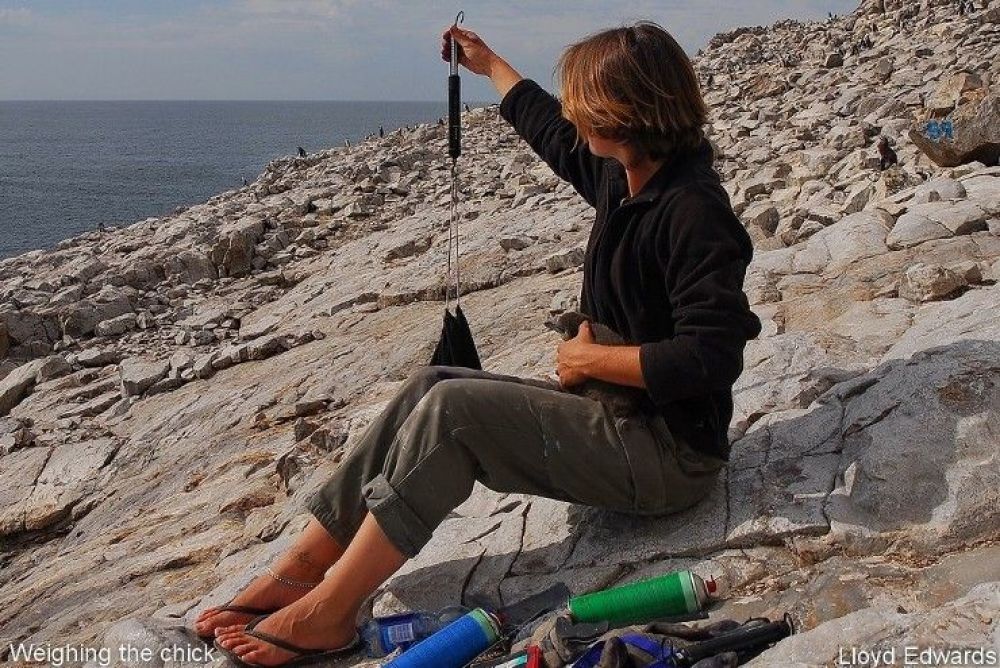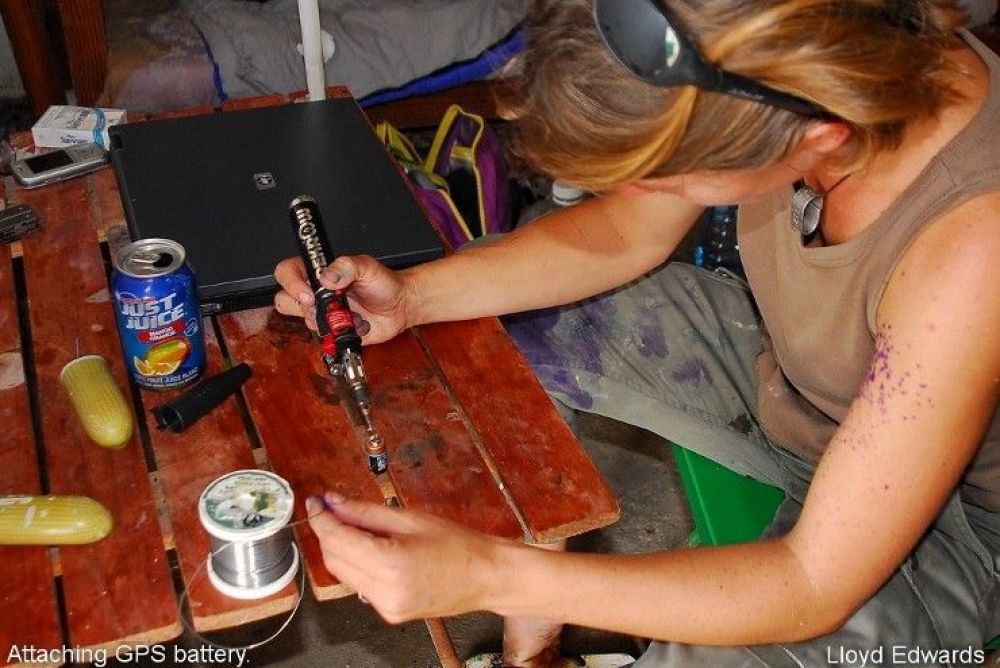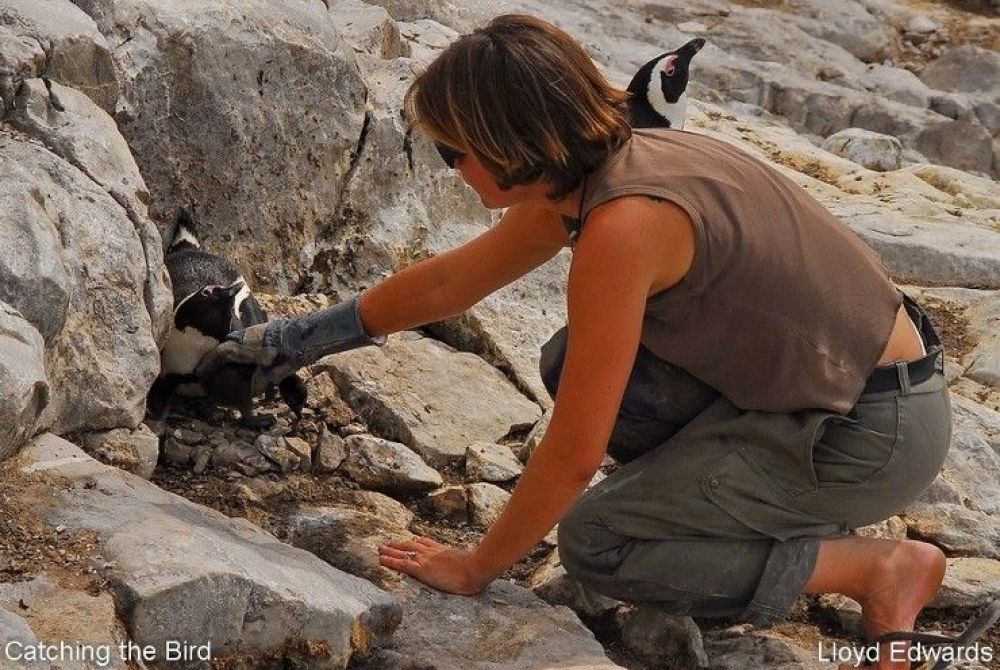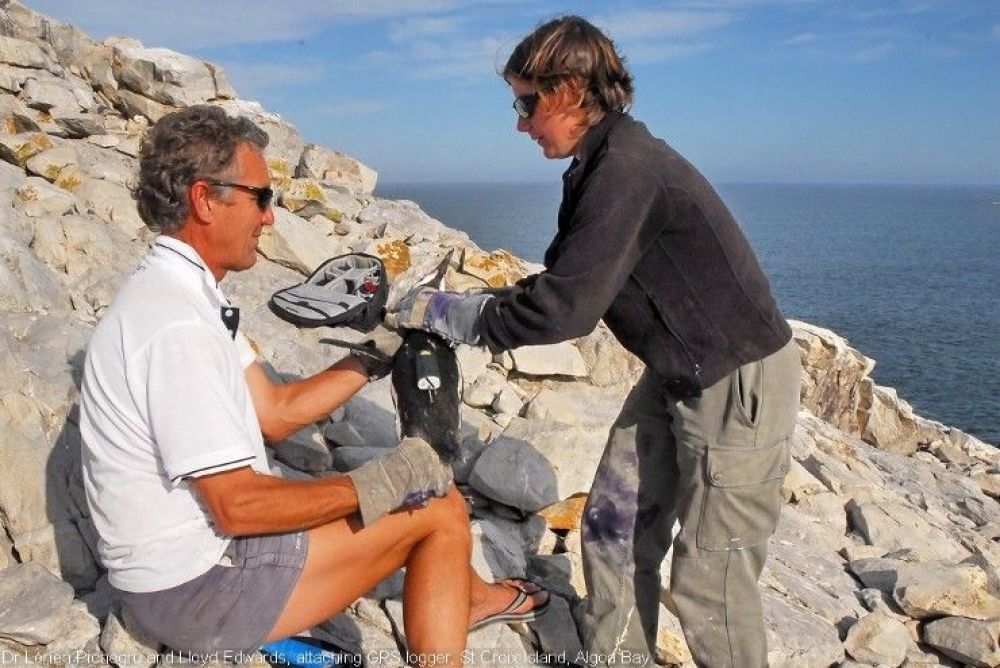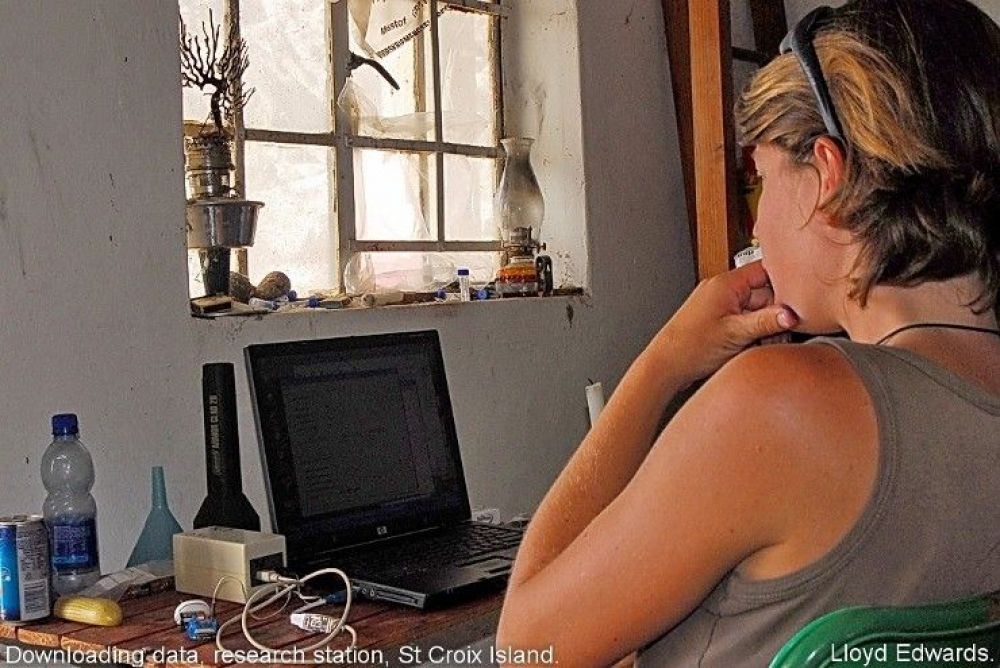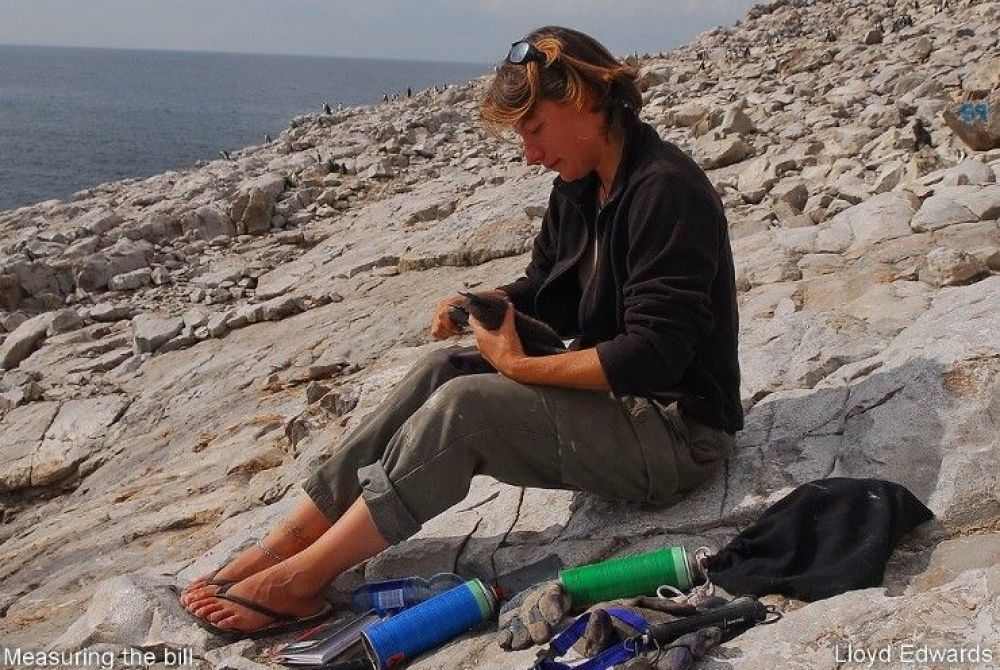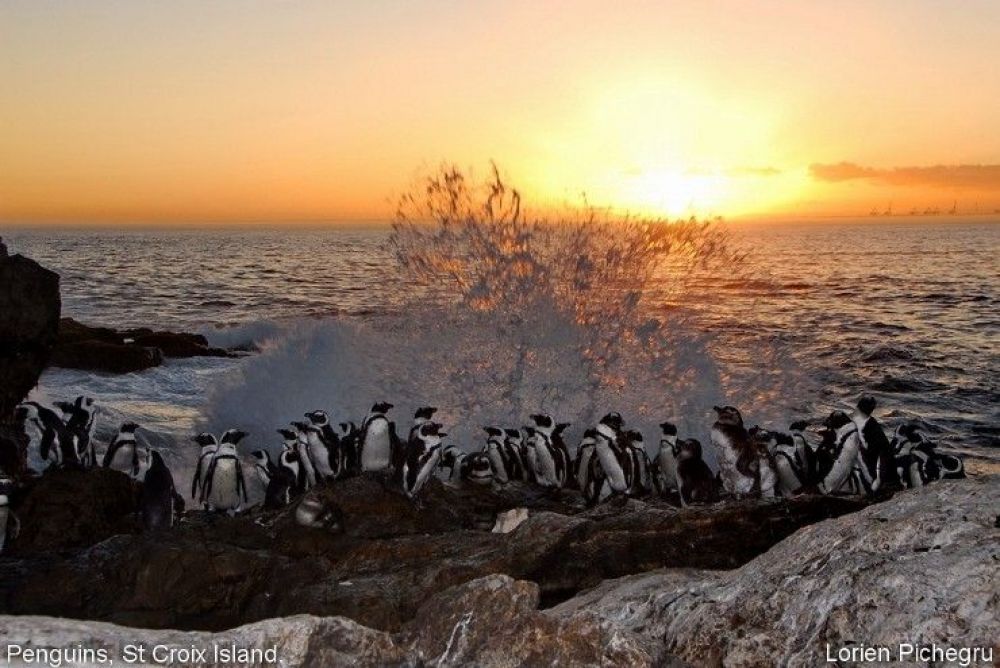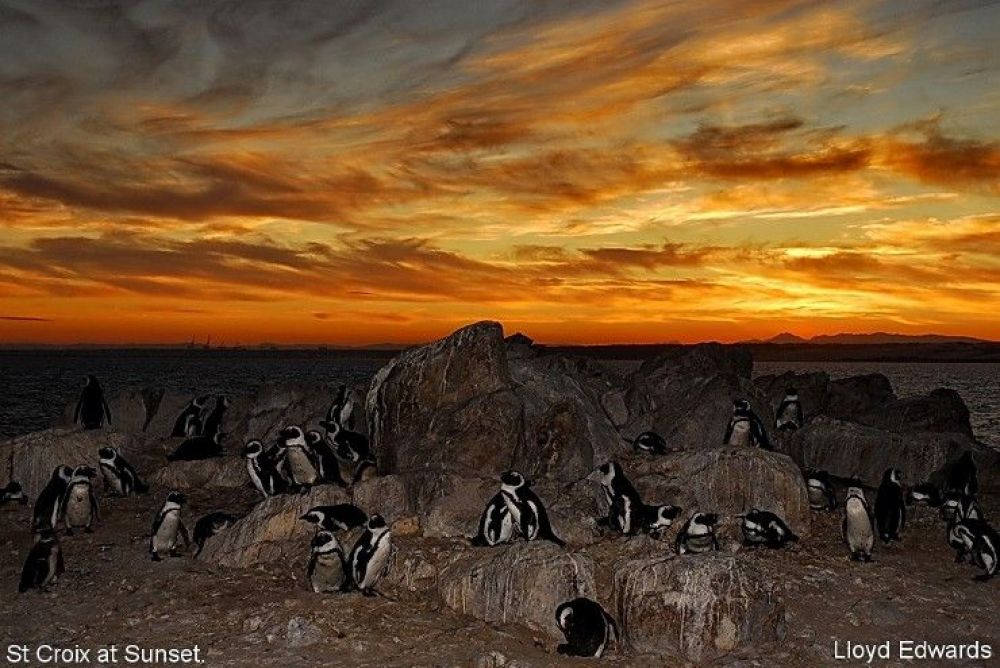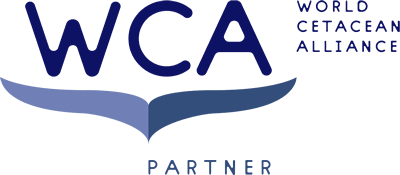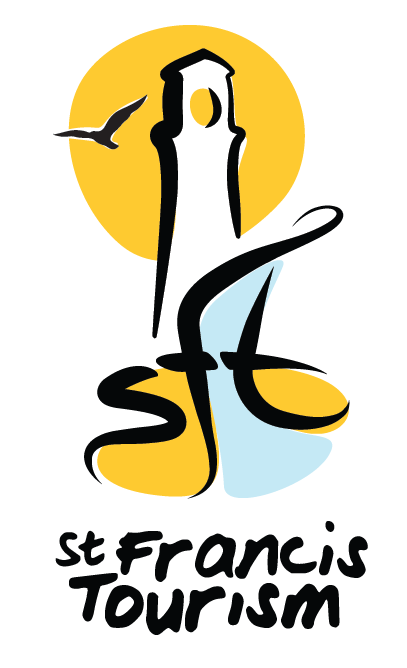- Cruise Packages
- About
- Algoa Baywatch
- Algoa Baywatch Conservation Projects Summary
- Addo Canyon
- STS BUNKERING VS ENDANGERED AFRICAN PENGUIN
- Whale Entanglements
- Southern Hemisphere Humpback Whale Migration Route (SHHWMR)
- Live Shark Project
- Education
- Raggy Charters, Mosaic & Re-Trade Re-Cycle Project
- Tree Planting
- Spekboom Whale Community Project
- Sunfish Research Project
- Plankton Sampling in Algoa Bay
- Beach clean-ups
- Other Projects
- Media
- Contact
The African Penguin's Interaction with Fisheries
Industrial fisheries targeting sardines and anchovies only boomed after World War 2. Then, our understanding of fish populations was poor and our regulations almost inexistent. Foreign vessels came to Namibia to fish it extensively, which resulted in the early 1970s in a dramatic collapse of the sardine population. Sadly, despite the best attempts of fishery managers, the Namibian pelagic fish stocks failed to recover ever since. Sardines and anchovies have been replaced by jellyfish and salps as primary consumers. These gelatinous zooplankton are effective predators, mopping up most of the fish eggs and larvae produced by the dwindling fish populations, preventing the fish population from recovering. As a result, populations of seabirds breeding at the Namibian guano islands have decreased dramatically, and African Penguin numbers in Namibia have decreased by more than 90 per cent over the last five decades.Industrial fisheries targeting sardines and anchovies only boomed after World War 2. Then, our understanding of fish populations was poor and our regulations almost inexistent. Foreign vessels came to Namibia to fish it extensively, which resulted in the early 1970s in a dramatic collapse of the sardine population. Sadly, despite the best attempts of fishery managers, the Namibian pelagic fish stocks failed to recover ever since. Sardines and anchovies have been replaced by jellyfish and salps as primary consumers. These gelatinous zooplankton are effective predators, mopping up most of the fish eggs and larvae produced by the dwindling fish populations, preventing the fish population from recovering. As a result, populations of seabirds breeding at the Namibian guano islands have decreased dramatically, and African Penguin numbers in Namibia have decreased by more than 90 per cent over the last five decades.
The southern Benguela current off South Africa also saw a crash in sardine landings following over-exploitation in the 1960s, but much of the slack in the system was taken up by anchovies. Careful management of the fishery during the 1970s and 1980s saw the slow recovery of sardines, and by the 1990s seabird populations were increasing, linked to a few bumper years of anchovy recruitment. Unfortunately, the good times haven’t lasted. During the last decade, pelagic fish stocks have dwindled off the west coast, where most penguins traditionally have bred, forcing predators – and the fishery – to travel farther and farther south and east in pursuit of prey. The south-eastward movement of prey is thought to result from a combination of environmental factors favouring populations breeding on the south coast rather than the west coast, coupled with greater fishing pressure along the west coast, where fleets and processing plants are concentrated.
A shift in penguin prey isn’t too serious when the birds are free to follow their prey. But while breeding, adult penguins depend on a reliable source of food for themselves and their chicks close to the breeding island. Most African Penguins remain within 20-30 kilometres of their breeding islands while feeding chicks. Birds forced to travel further than this take so long commuting that they struggle to raise a brood of healthy chicks. To make matters worse, adult African Penguins are creatures of habit, returning to breed at the same site each year.
The fishing industry faces a similar challenge from the shift in fish stocks. Longer commuting distances between fishing areas and processing plants, coupled with sharp increases in fuel prices, have forced some companies to make the costly decision to relocate their plants to Mossel Bay on the south coast. Sadly, this option isn’t open to penguins, as there are no suitable breeding islands between Dyer Island, just east of Hermanus, and Port Elizabeth.
Although climate change might be the ultimate factor driving the shift in fish populations, competition with purse-seine fisheries around breeding colonies almost certainly exacerbates the situation for penguins. As a result, Marine and Coastal Management, the government agency responsible for managing South Africa's fisheries and marine resources, has devised an ambitious plan to try to improve conditions for breeding penguins. With the co-operation of the purse-seine industry, fishing has been stopped for 3 years within 20 kilometres of two key breeding sites: Dassen Island on the west coast and St Croix Island off Port Elizabeth. We now monitor whether this improves the lot of penguins breeding on these islands, compared to birds breeding on nearby islands that have not been afforded any protection: Robben Island and Bird Island.
Through GPS tracking (recording longitude, latitude and water depth) of adults raising chicks before and after the closure, we discovered that after the fishing ban, penguins breeding on St Croix switched their feeding areas from mostly outside the 20 km zone when fishing was permitted to mainly within this zone following closure (see map). They also decreased their foraging effort by 30%, which reduced their daily energy expenditure. By comparison, the main feeding locations of penguins from Bird Island remained similar between 2008 and 2009 (see map), with an increase in foraging effort over this time period.
In 2010, fishermen increased their catches by 3 times just around on reserve borders, a behaviour called by fishery scientists “fishing the line”. This limited the benefit of the closure for the birds from St Croix that year. Now, we want to see if there are more fish in the reserve than around Bird Island, and especially how often and how far the fish are crossing the border of the reserve. And that’s why we need the sonar to follow these fish...


Fig. 1. Foraging areas (density of feeding dives) of African penguins Spheniscus demersus breeding on St Croix Island and Bird Island (stars), in South Africa, before (2008) and after (2009) closure to purse-seine fishing within 20 km of St Croix Island and an adjacent area surrounding an offshore bank (circled).
